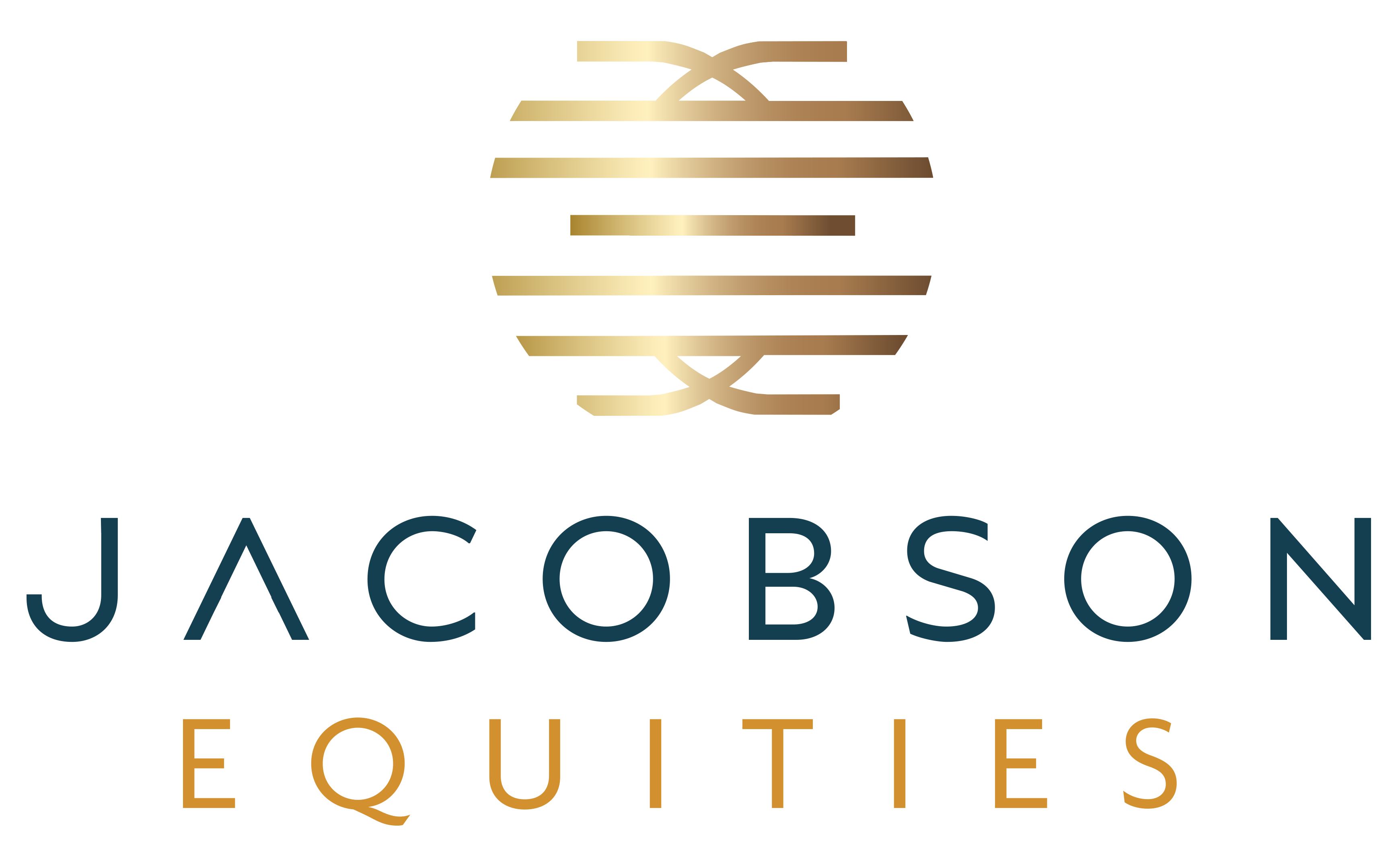The U.S economy grew 3.1% during 2023, defying the many predictions of a recession at the beginning of the year. Much of the economic growth was due to consumer spending on healthcare, dining out and cars. Inflation rose 2.6% from a year earlier but, more importantly, the 3- and 6-month annualized rates of core inflation were 1.5% and 1.9%, below the Fed’s 2% target. As the fastest growing economy in the world last year, the Fed’s so-called “soft landing” appears to be within reach.
This puts the Federal Reserve in an interesting position. Even as inflation has come under control, strong economic growth raises the possibility that prices could heat up again. Conversely, at 5.25%-5.55%, the Fed’s target rate is in restrictive territory, potentially causing a recession despite the favorable inflation news. Jay Powell announced on January 31 that, while the Fed is no longer raising rates, rate cuts are not “imminent”. Where rates might go is the source of rampant speculation (all of which has been wrong thus far). However, the central bank refers to a model referred to as the “Taylor Rule”, which suggests rates today should end the year at 3.9%. I suspect the Fed fears lowering rates only to see inflation later increase more than it does causing a recession (even though we are in an election year). The strongly growing economy provides some support for this concern given that such growth is occurring despite the restrictive interest rate environment.
The consumer spending that is driving the economy may be under strain. Credit card debt is higher, consumers are taking longer to pay off their balances and delinquency is also rising. Personal savings rates fell to 4% placing it below the 5% level common before the pandemic. We are seeing some layoffs as well as a drop in production by manufacturers which also suggests an economy that is or may soon be cooling.
While reasons for confidence about the economy and inflation outweigh reasons to worry, external risks such as geopolitical conflict (e.g., China, Russia, the Middle East), another pandemic, or the so-called Black Swan have the potential to cause disruption in America and abroad. Of course, many will point to the 2024 United States Presidential election as another challenge. With two halves of the country each thinking the other half is racist or Marxist (though at least they both agree that the other half is a threat to democracy), it seems non-controversial to say we lack the unity necessary to address major problems effectively. That is certainly a wildcard as it pertains to the investment climate.
Assuming things proceed afoot without any major unforeseen events, interest rates should come down in 2024. While that will be a boon to some overleveraged property owners that have hitherto been unable to refinance, the massive wave of loan maturities coming due suggests we will see a more active transactional market for real estate. Even with rates lower, many assets with maturing loans will not able to be refinanced, leading to foreclosure or forced sales. At a minimum, many properties will come to market at substantially lower prices than in prior years and at a significant discount to replacement cost. Given the strong fundamentals for multifamily, most notably the chronic undersupply relative to household formation, affordability gap relative to single family home mortgage rates and a lack of affordable units generally, we believe we are embarking upon an outstanding time to acquire quality assets at extraordinary prices (with lower attendant risk) and intend to buy aggressively for the foreseeable future.


